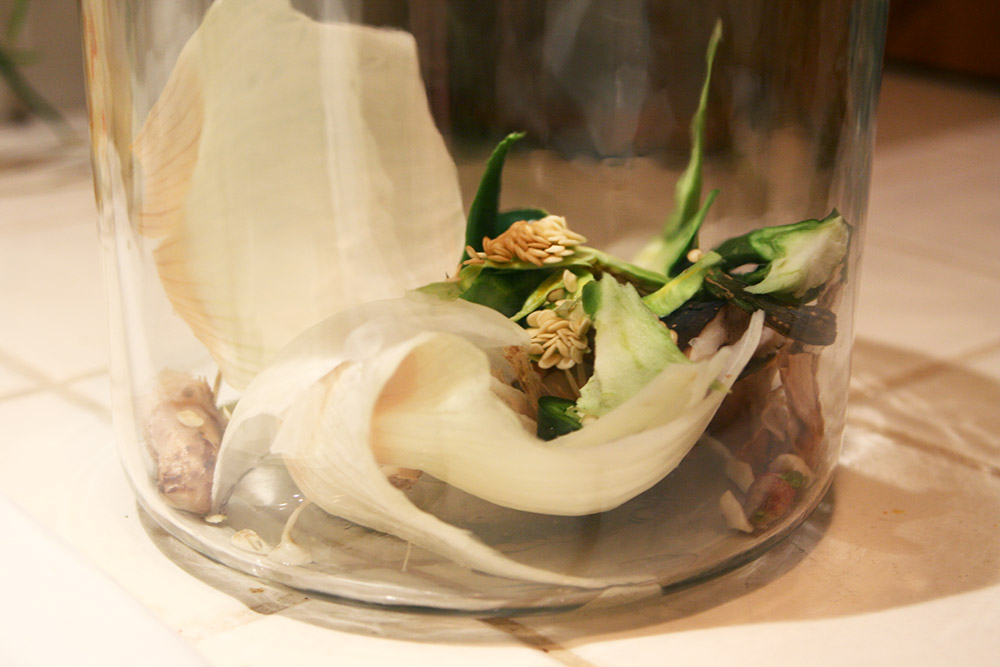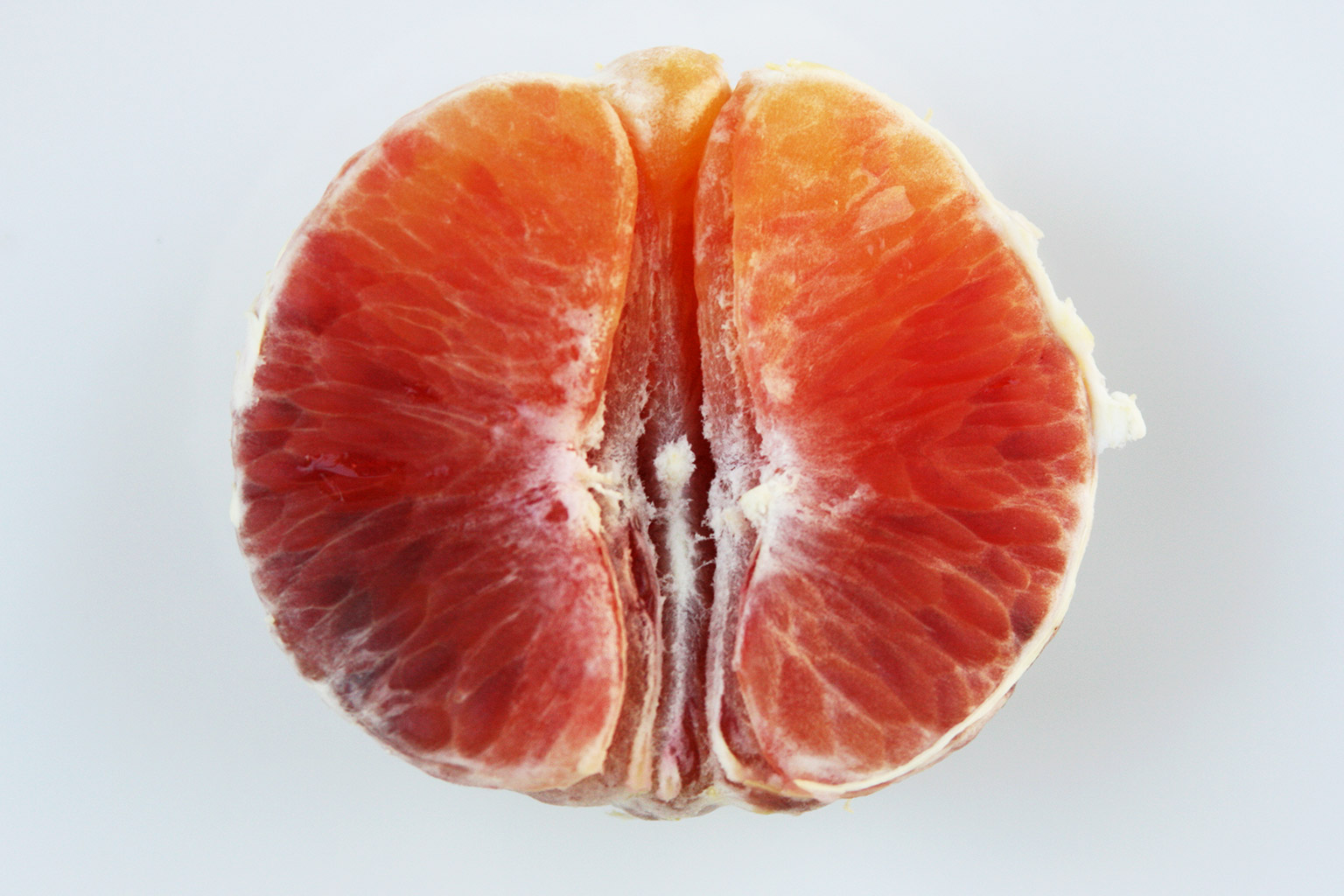We’ve brought up homemade vegetable broth a number of times in the past on these pages, but we realize we’ve never really explained our process or the inspiration behind it.
The initial incentive for us to make broth at home has its origins in a more general move we slowly started to make years back—as we got older and more experienced in the kitchen—toward cooking at home. In those days, when we wanted to work up a nice sauce or roux or soup, we realized most of the store-bought broths had a ton of salt in them, even the low-sodium broths, making them unpalatable some times and not so healthy most times. What’s more, after we started making broth at home, we realized the taste of a store-bought broth leans heavily toward the flat, boring side of the taste spectrum, relying on salt for most of its ‘taste’.
The thing that eventually pushed us to action was listening to a segment on the Leonard Lopate Show on WNYC, back when we were still in Brooklyn. He had a guest on talking about food, as he often does, and they were going over homemade broth and how much of a difference it made in their cooking. You can certainly take a more acute, deliberate approach to making vegetable broth, following a specific recipe, like the one from the Splendid Table, but we were caught by the approach Lopate and company took, collecting and then freezing vegetable scraps as a part of your daily cooking + eating. The idea of having this kind of culinary chronological map of our plant-based food habits over the past, say, month, and then having that become a delectably unique staple that you can pull in at any point was magical to us and, once we started doing it, key to much of our cooking.
Essentially, all you need to do is decide on a dedicated container of some sort (we use the glass container pictured above and then supplement, when needed, with large reusable plastic bags) and then start using that to collect scraps of vegetables, throwing them in as you chop and then storing in your freezer until you’re ready to make the broth. Pretty much any vegetable can be used, but we tend to avoid too much of anything too starchy (potato, corn) and don’t add too many tomatoes…but you should feel free to experiment. Tops of carrots; ends and outer, non-papery skins of onion; garlic ends; kale stems; herbs that are on their way out; all of it.
The other thing to keep an eye on are you hot pepper scraps—the tops you cut off of them and the inner pith and seeds. These are great if you like your broth to have a kick, but they add up quickly as far as total spiciness goes. If you’re averse to spicy flavors, we’d say leave them out altogether.
Then, once you’ve got a container full of scraps—enough to nearly fill your stockpot but not to the brim—plan anywhere from 2-6 hours of boiling + reducing, adding a tablespoon of olive oil and cooking the frozen scraps in the covered pot for ten minutes or so, thawing and browning them before adding enough water to cover them. Then bring it to a boil and partially cover, keeping an eye on the pot to make sure you’re not boiling over. If you do, just reduce the heat for a while as the water cooks off a bit. Continue to check the broth, adding more water as it cooks off. The longer you cook the broth, the more concentrated and rich it’ll be in the end. Once you’re done, you just need to drain and discard (ideally compost) the scraps, storing the cooled broth in containers in the fridge or, for longer term use, the freezer. We usually make the broth at night, turning the stovetop off to allow the broth + scraps to cool overnight for easier draining and storing.
So if you’re looking to turn your cooking up a notch, give this a try. And then, next time you’re working on a recipe that calls for vegetable broth, use this instead. We’re betting you’ll notice an impressive difference in the end product.
Oh, take note though: your place will kinda smell like an old person’s home for 12-24 hours after you make this. Though it does make for a warm, cozy night in, so it’s a wash, right?





